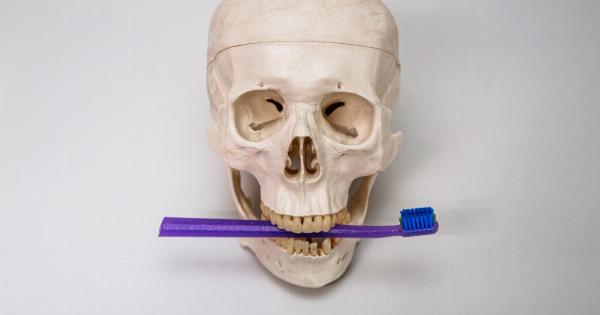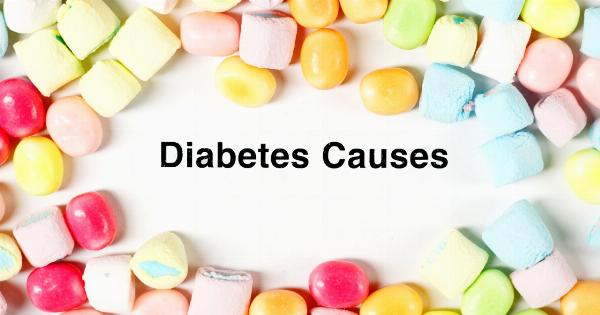If you’re one of the estimated 65 percent of the world’s population that has lactose intolerance, you know all too well the uncomfortable symptoms that come with consuming dairy products.
Bloating, gas, diarrhea — these are just a few of the side effects that can occur when your body doesn’t produce enough lactase, the enzyme necessary to break down lactose, the sugar found in milk. But that doesn’t mean you have to eliminate dairy altogether. With a few adjustments to your diet, living with lactose intolerance can be manageable.
Know Your Limit
First and foremost, it’s important to understand how much lactose your body can tolerate. This can vary from person to person, and it may take some trial and error to figure out what works for you.
While some people may be able to handle a small amount of lactose (such as in a splash of milk in their coffee), others may need to avoid it entirely. Pay attention to how you feel after consuming dairy products, and adjust your intake accordingly.
Lactose-Free Alternatives
Thankfully, there are many lactose-free alternatives to dairy products available in most grocery stores. These include lactose-free milk, cheese, yogurt, and ice cream.
Many non-dairy milks, such as almond, soy, and coconut, are also naturally lactose-free. Be sure to read labels carefully, as some non-dairy products may still contain small amounts of lactose.
To Supplement or Not?
Some people with lactose intolerance choose to take lactase supplements before consuming dairy products. These supplements contain the lactase enzyme that the body may be lacking, and can help break down lactose.
However, the effectiveness of these supplements can vary, and some people may still experience symptoms despite taking them. As with anything, it’s important to consult with a healthcare professional before starting any supplement regimen.
Eliminating Hidden Sources of Lactose
It’s not just milk-based products that contain lactose. Many processed foods, such as baked goods, salad dressings, and sauces, contain small amounts of lactose.
It’s important to read labels carefully and be aware of these hidden sources of lactose. Some people with lactose intolerance may also need to avoid certain fruits and vegetables that contain natural sources of lactose, such as apples and pears.
Incorporating Lactose-Free Foods into Your Diet
Living with lactose intolerance doesn’t mean you have to give up all your favorite foods. With a few simple substitutions, you can still enjoy many of the same dishes. Here are a few ideas:.
- Swap out regular milk for lactose-free milk in your morning cereal or smoothie
- Try lactose-free yogurt topped with fresh fruit for a healthy snack
- Use non-dairy milk in your coffee or tea
- Experiment with non-dairy ice cream flavors, such as coconut or soy-based
- Use non-dairy cheese on your favorite pizza or pasta dishes
Staying Healthy with Lactose Intolerance
Eliminating dairy from your diet can mean missing out on essential nutrients such as calcium and vitamin D. To ensure you’re getting enough of these important nutrients, look for non-dairy sources. Here are a few examples:.
- Calcium-rich foods: dark leafy greens (such as kale and spinach), almonds, fortified tofu, and canned fish (such as salmon or sardines)
- Vitamin D-rich foods: fatty fish (such as salmon and tuna), egg yolks, and fortified foods (such as orange juice and cereal)
- Consider taking a calcium and/or vitamin D supplement as recommended by your healthcare provider
Conclusion
Living with lactose intolerance can be challenging, but with a few adjustments, it’s manageable. Pay attention to your body’s response to dairy products, and adjust your intake accordingly.
Look for lactose-free alternatives and be aware of hidden sources of lactose in processed foods. Don’t be afraid to experiment with new foods and recipes, and make sure you’re still getting enough of the essential nutrients found in dairy products.






























